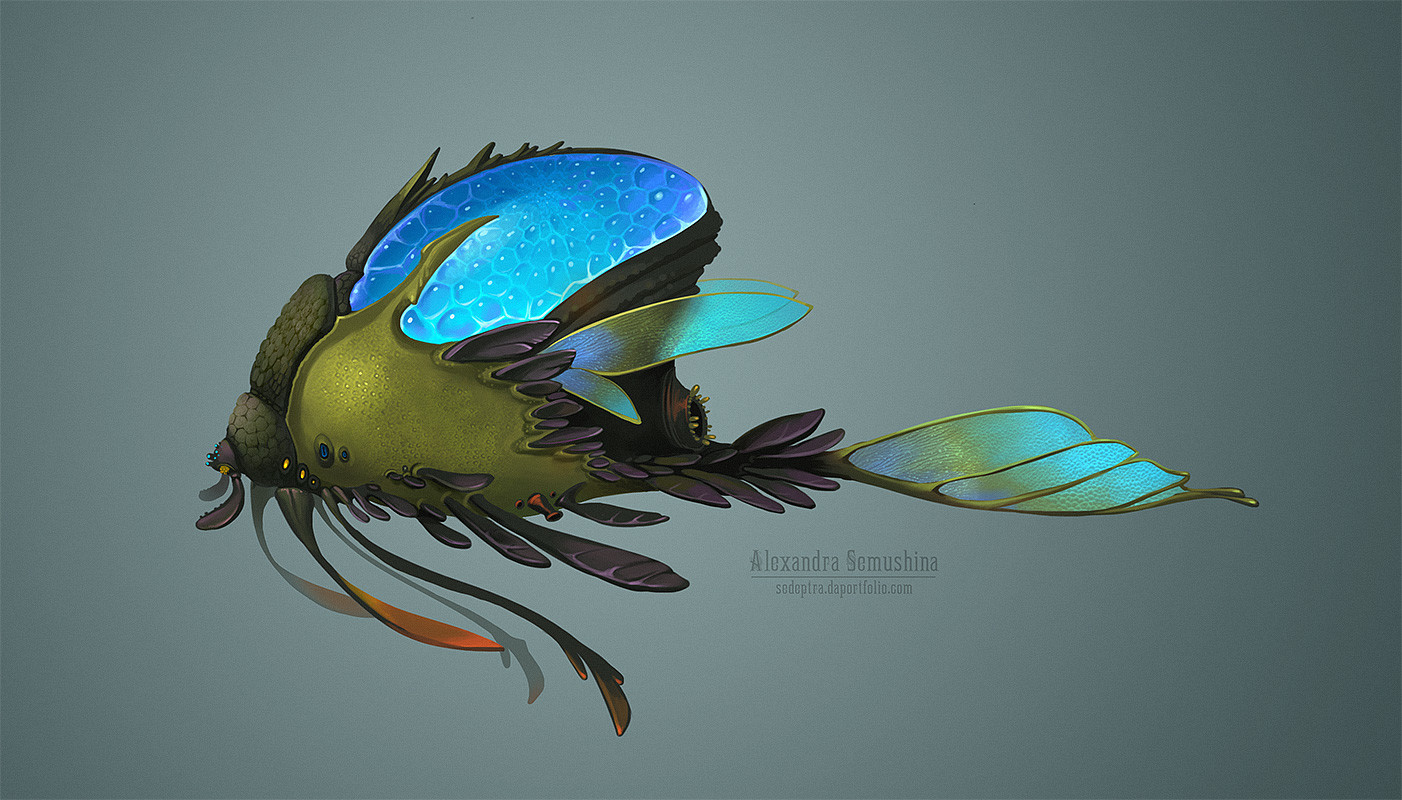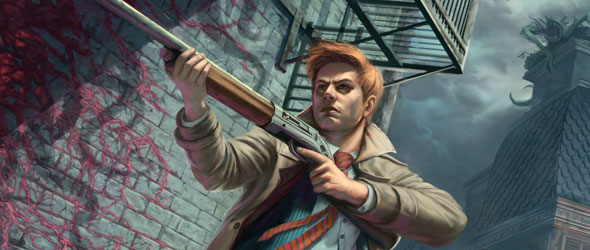Engine Heart: Repairbot
Who Built Your Processor? (1d4)
1. Hansa Automation - 3 RealityCom, 2 HumanCom, 2 DigiCon, 2 MechaniCon, 2 Buffer2. Parable Intelligence - 1 RealityCom, 1 HumanCom, 4 DigiCon, 4 MechaniCon, 1 Buffer
3. Padlock Reinforced Processing - 2 RealityCom, 1 HumanCom, 1 DigiCon, 1 MechaniCon, 4 Buffer
4. ASQ Social Systems - 2 RealityCom, 4 HumanCom, 1 DigiCon, 1 MechaniCon, 1 Buffer
Who Built Your Chassis? (1d6)
1-2. Ducharme Optics - 2 Dexterity, 2 Mobility, 4 Perception, 2 Reflexes, 2 Strength3-4. Yosef Industrial - 1 Dexterity, 1 Mobility, 2 Perception, 1 Reflexes, 5 Strength
5-6. EOM Advanced Motors - 3 Dexterity, 3 Mobility, 2 Perception, 3 Reflexes, 1 Strength
Major Feature (1d10)
1. Abrader2. Attendant Swarm
3. Cutting Laser
4. Manipulative Limb (Standard)
5-10. Plasma Arc Welder
Minor Feature (Roll 1d12 Twice, Take Both)
1. External Container2. Display Screen
3. Electromagnet
4. Flexible Body
5. Jack
6. Power Dock
7. Rack
8. Specialty Chassis
9. Simple Assembly
10. Tool Set
11. Telescoping Reach
12. Winch
Defects (Roll 1d8 Twice, Take Both)
1. Manual Feature2. Conspicuous
3. Exposed Power Switch
4. Mute
5. Plastic Casing
6. Simple Programming
7. Top-Heavy
8. Response Lag










